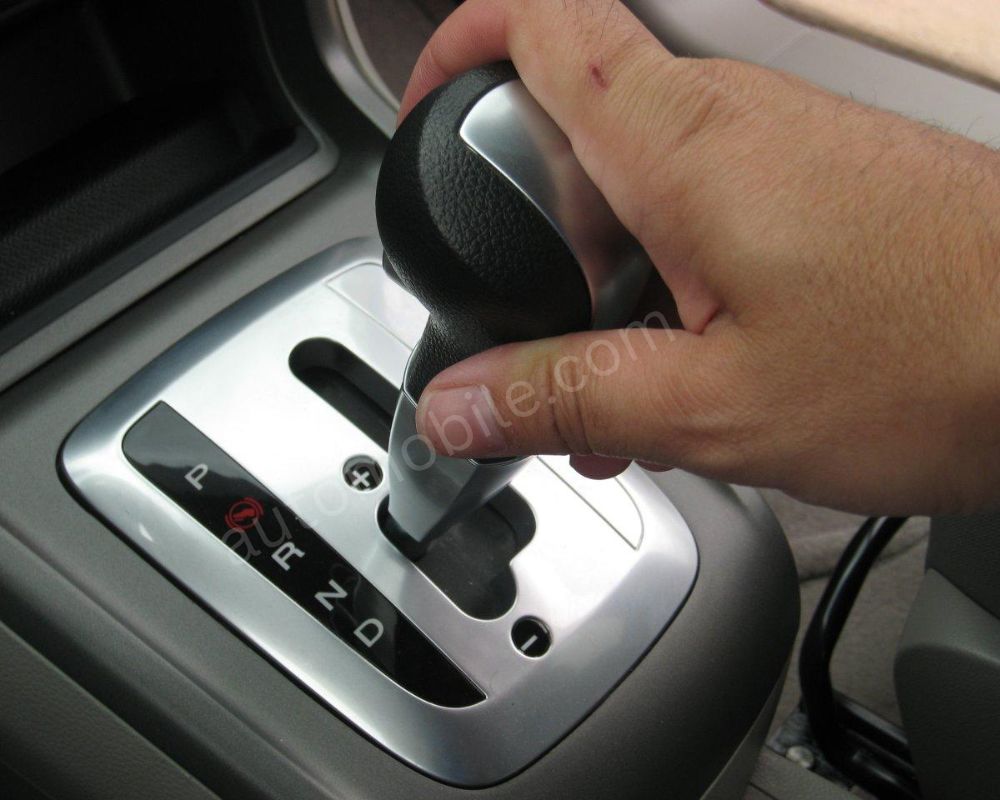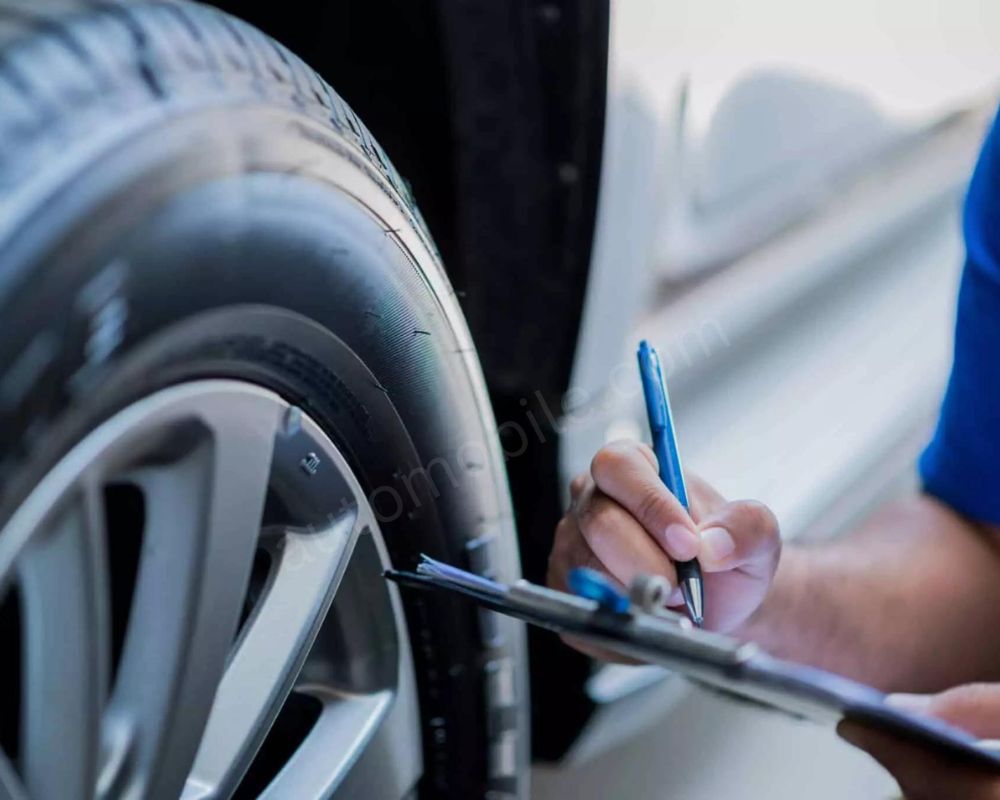The clutch, the underrated icon of the manual transmission, quietly facilitates its expertise in accompanying the gear changes and making them flawless. However, such is the case with car parts; it can wear out or break down unexpectedly, leading to your being stranded. This is what you have to do if your clutch fails, how to avoid it from the beginning, and how to handle the situation in a calm manner.
When the Clutch Fails
1. Find Safety First: If you find yourself with a failure of your clutch when you are driving, safety is of the utmost importance. Steer the car to a safe area, for instance, the shoulder of the road or a parking lot. Tune your hazard lights to warn other drivers and prevent yourself from creating other hazards.

2. Engage Neutral: When you stop, shift into neutral. This enables you to reboot the engine in case of necessity (unless you have an interlock which prevents starting when the gear is on).

3. Call for Help: As driving with a broken clutch can lead to significant damage in your car’s transmission system, it is preferable to call for roadside assistance or a tow truck. Don’t give in to trying to “pull yourself through” as it could end up costing you a more expensive repair in the future.

Preventing Clutch Woes
The key to a healthy clutch lies in developing good driving habits:
- Embrace Gentle Gear Changes: Show your gearshift some respect. Do not jam or crush gears. This may cause significant strain on the clutch components that accelerate wear out. Take it easy, follow the engine revs when downshifting (if your car is manual), and look for the smooth “engagement point” where the gear transition happens effortlessly.
- Don’t Rest Your Foot: Many learner drivers unknowingly rest their foot on the clutch pedal. This continuous stress, no matter how small, will eventually wear out the pressure plate, resulting in premature clutch failure. Develop the habit of not pressing the clutch pedal once the act of changing gears is done. Be sure to place your foot on the specified footrest instead.
- Timely Gear Shifts: Do not overdo your clutch by keeping it pressed against the ground at a light or in slow traffic. Whenever possible, switch to neutral. This means the clutch does not have to work so hard and can last even longer. As you sit at the lights, pay attention to the traffic flow and don’t use the clutch just to hold the car on the hill; instead, use the parking brake for short stops on inclines.
- Listen to Your Car: Pay attention to the clutch wear signs that may be a reliability indicator. They consist of a burning odor, trouble shifting gears, a shaking clutch pedal, or a clutch pedal that is either too soft or positioned too high. If you are experiencing these symptoms, make sure you plan for repairs in a timely manner. Fixing a minor clutch issue right away can prevent a total shutdown later.
Managing the Situation
1. Gather Information: If possible, shift your vehicle to the side of the road, then refer to the chapter of your car’s manual with the appropriate tips. Make a note of any symptoms you might have noticed like strange noises or difficulty changing gears. In this case, the mechanic will have this data at hand and use it for diagnosing the problem. Snap pictures or videos of the dashboard lights that might be turned on.

2. Get Estimates: Once your vehicle has been transported to the mechanic, obtain quotes for the necessary repairs. The cost of a clutch replacement will depend on the car model, the extent of damage, and the parts to be replaced. Don’t hesitate to go from one shop to another looking for the best deal, but make sure that the particular mechanic you select works with reliable parts only. Though price is an important factor, bear in mind that a low-grade clutch replacement with a cheap component is likely to fail faster and as a result, break down soon, hence leading to further breakdown expenses.

3. Consider DIY (if applicable): Changing a clutch is a complicated task needing much mechanical knowledge and some specific tools. A complete clutch replacement job is hardly recommended as a DIY unless you’re a professional mechanic with a fully prepared workshop. Even for experienced mechanics, it could take literally hours. On the other hand, if you are audacious and can easily navigate your own car, you may be able to handle some initial jobs on your own, like replacing the clutch fluid or bleeding the clutch line (depending on your car type). This will, however, help to cut down the repair cost at the shop. However, when the job gets more complicated like changing the actual clutch disc, pressure plate, and flywheel, it’s better to let the qualified workers do it in their place. DIY clutch replacement carried out incorrectly can lead to more harm to the transmission or other parts, causing you to spend more at the end.

The healthy clutch is the base for comfortable gear shifting and joyful driving. These tips will help you to expand the life of your clutch, avoid an exhausting breakdown, and use the car as long as you can. In the end, an expensive cure is not always necessary when it could simply have been prevented.

